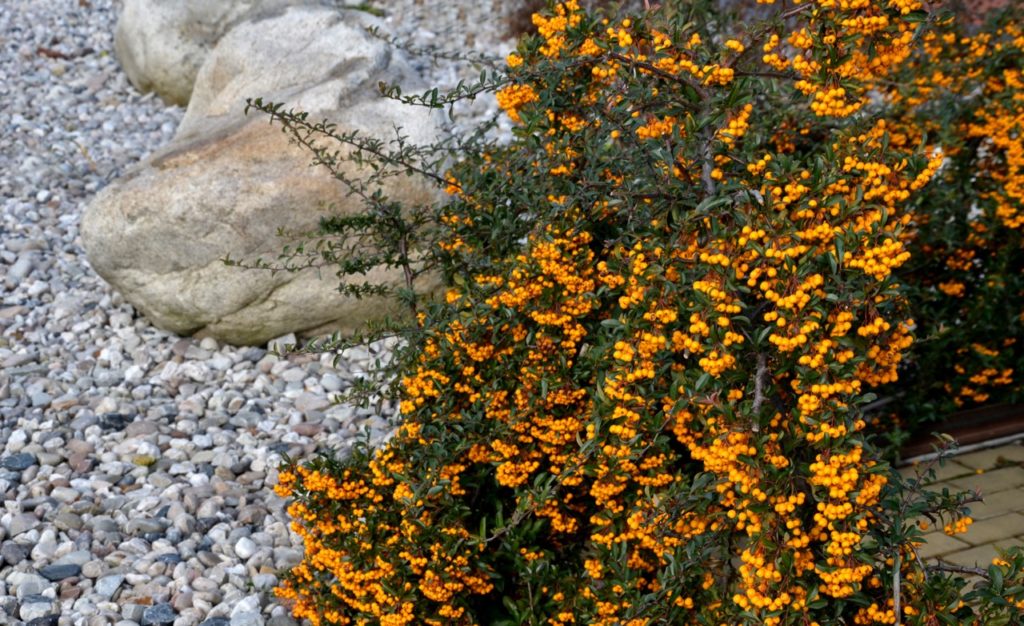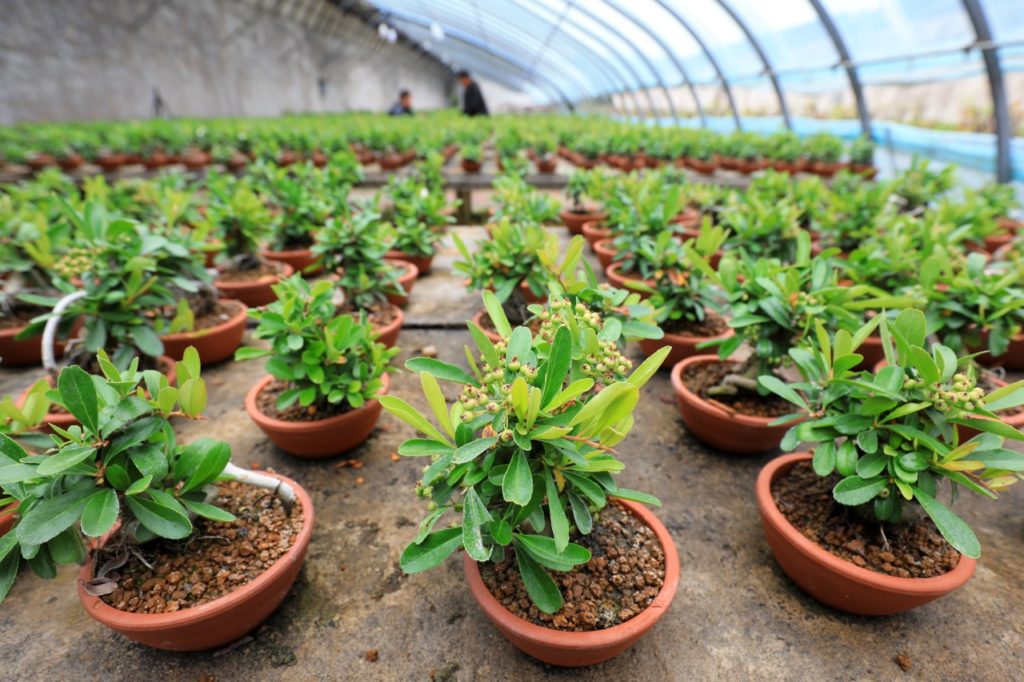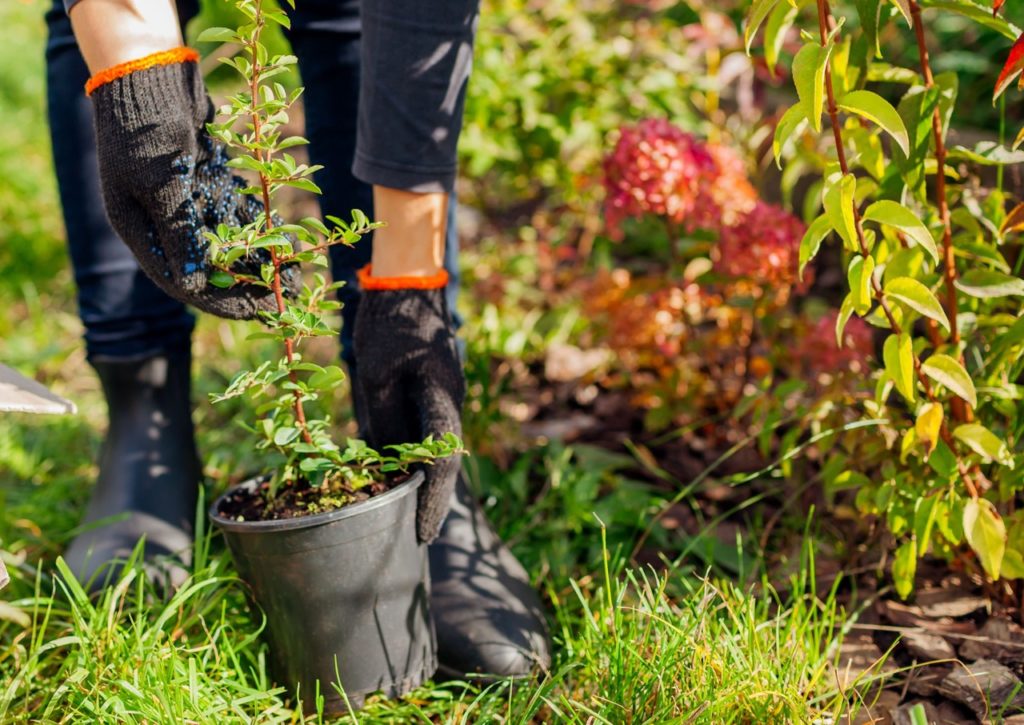Propagating Pyracantha: ‘You’ll Find The Semi-Ripe Cuttings Have A Higher Success Rate’

SHRUBS > PYRACANTHA > CUTTINGS

Elizabeth is a Permaculture Garden Designer, Sustainability Consultant and Professional Writer, working as an advocate for positive change. She graduated from the University of St. Andrews with an MA in English and Philosophy and obtained a Diploma in Applied Permaculture Design from the Permaculture Association.
Reviewed By DAN ORI

Dan has over 27 years’ under his belt caring for plants and gardens. Working as a Horticultural Instructor and Consultant, he draws on a diverse range of experience that includes working as a Head Gardener, Tree Surgeon, Garden Centre Trouble Shooter, and writer of academic papers. Dan has a Level 3 Diploma in Horticulture and is currently a candidate for the RHS’s most prestigious award – The Master of Horticulture.
IN THIS GUIDE
Pyracantha can be a beautiful ornamental addition to your garden and also be a boon to the wildlife that shares your space, with its beautiful blooms and berries that serve as food sources as well as a feast for the eyes.
If you already have a pyracantha in your garden, you might be able to propagate new plants from your garden from cuttings.
Pyracantha is relatively easy to propagate, both from semi-ripe, and hardwood cuttings.
Using cuttings for propagation ensures that you will get plants that look like the parent, since though you can grow pyracantha from seed, these will not come true.
In other words, they will not turn into plants that look like the plant the seed came from.
To grow pyracantha from cuttings:
- Take semi-ripe cuttings in late-summer or early-autumn.
- Remove any leaves from the lower portion of the cutting to help the plant focus its energy on establishing roots.
- Dip cuttings into rooting hormone to improve the chances of them rooting successfully (optional).
- Place cuttings into pots with a suitable growing medium to develop roots.
- Plant out cuttings in autumn or early spring for the best chance of successful establishment.
Read on for a little more information on this process.
1) Take Healthy Cuttings
First of all, identify a mature and healthy pyracantha from which you would like to take cuttings.
Cuttings can be taken from pyracanthas any time from around midsummer until late autumn.
“Greenwood cuttings can be taken at the same time as semi-ripe cuttings (midsummer to early autumn), but you should find the semi-ripe cuttings have a higher success rate,” says Master Horticulturist Dan Ori.
“Hardwood cuttings can be taken from late autumn to midwinter, but midwinter cuttings may get scab that disrupts rooting.”

The shoots that you want to cut are those that are fresh, current-year growth, green at the tip and just beginning to go woody and harden towards the base.
Aim to cut off the tops of the shoots selected, to a length of around 15-20cm.
Make your cut just below a node point where a leaf joins the stem.
2) Prepare Your Pyracantha Cuttings
Next, take your cuttings and remove the bottom leaves to leave the lower portion of the stem bare.
Aim to leave only 4-5 leaves.
3) Use Rooting Hormone (Optional)
Though Pyracantha can take fairly successfully from cuttings without this step, to improve the chances of success you can dip the bottom end of your cuttings into a hormone rooting powder to promote successful rooting.
4) Place Cuttings In Pots
Aim to place your cuttings into a growing medium as soon as possible.
It is best to place a few cuttings around the edges of a large pot or container and to fill the pots with a moist yet free-draining cuttings compost mix.
Water the cuttings well but make sure excess water can drain away freely.

Place your cuttings in a greenhouse or in a warm and bright position, with relatively high humidity but somewhere out of direct sunlight.
Typically, roots will develop within 8-10 weeks.
In spring, you might plant out your cuttings, but generally, these will be potted on to grow and mature until the following autumn.
5) Plant Out In Autumn Or Spring
Pyracantha cuttings will typically have developed and matured to the stage where they are ready to plant out around a year or so after they were taken or a little longer.
Though unfussy about sunlight and soil, pyracantha will do best when planted out in a moderately fertile location.
It can cope with a lot, but waterlogged areas will certainly be less than ideal and the plant won’t have as many berries in deeper shade.

You can grow pyracantha as a free-standing shrub, in a hedgerow, or trained against a wall or fence.
Pyracantha is one of a number of shrubs that are relatively easy to propagate from cuttings.
So, if you see one that you like, why not give this relatively easy method a go?
